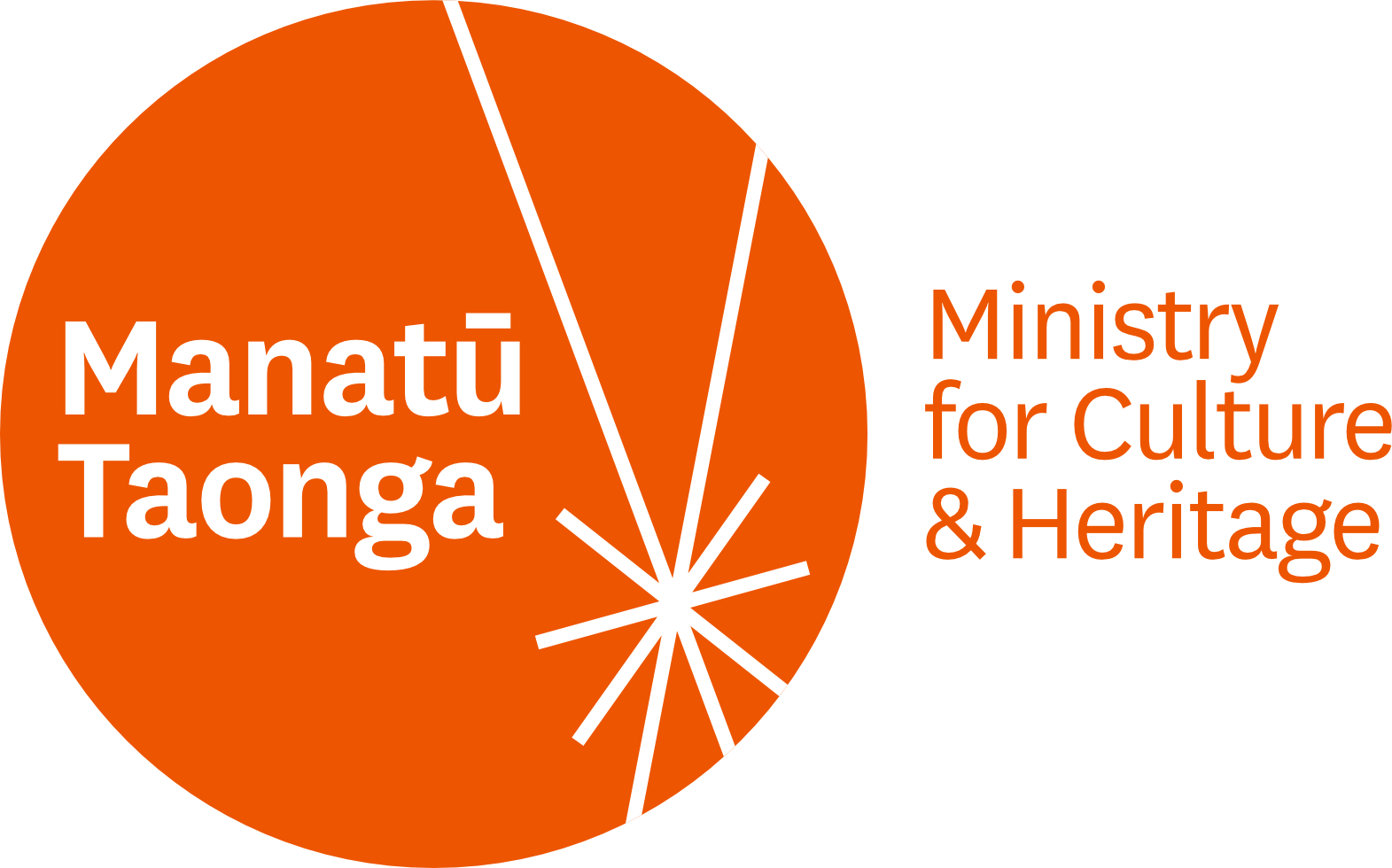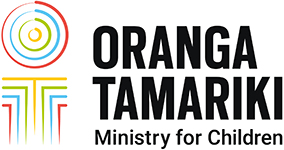Creative expression in a prison environment
24 March 2014
Jacqui Moyes, Prison Arts Advisor, Arts Access Aotearoa was one of the speakers at a conference in Brisbane in February about the role of performing arts in prisons. Entitled “Creative Innovations in Corrections: using the performing arts in service delivery”, the conference included a mix of international and national keynote speakers, workshop sessions, performances and panel discussions.
 “So many things discussed at the conference were relevant to my role,” Jacqui says. “However, three topics really stood out for me: language and communication, best practice and personal safety, and staff involvement in arts activities.
“So many things discussed at the conference were relevant to my role,” Jacqui says. “However, three topics really stood out for me: language and communication, best practice and personal safety, and staff involvement in arts activities.
“The focus of the conference was on the performing arts but many of the discussions were relevant to all of the arts activities practised in New Zealand prisons.”
In this article, Jacqui elaborates on the three topics of particular interest.
1. Language and communication
“We all have the same goal. We just have different ways of approaching it.” This was a defining quote from Dr John Paget, Inspector of Custodial Services, Department of Attorney General and Justice NSW, on a panel discussion called “Operationalising Innovations”.
One of the biggest challenges in delivering arts activities in prison is how to fit arts initiatives focused on creative expression into a prison environment.
Healthy communication and understanding the different “language” of prison staff, providers and artists is essential in creating successful arts activities in a prison. For example, an artist may be concerned that a prison guard’s presence will change the dynamic of an arts programme but the prison guard’s priority is safety management.
The panel and audience discussed the importance of communicating and translating on both sides.
How do both parties strike a balance between the different priorities? A prison is like a community. Everyone needs to be aware of each other’s dynamics and priorities whether prison staff, prisoners or art tutors.
Some helpful advice was given by panel members to artists wanting to deliver a programme in prisons.
- Know the political terrain.
- Craft what you want to say/your message and keep it targeted.
- Timing (e.g. when you’re setting up a project or making a request) is critical.
I see my role as Prison Arts Advisor here in New Zealand as a translation service. I can support both sides to communicate their needs and expectations in a way that is productive for both parties.
2. Best practice and personal safety
The conference included two practical workshops – one with Geese Theatre Company and the other with Simon Faulkner, the founder of DRUMBEAT.
Both Geese Theatre and DRUMBEAT have safety strategies to ensure their participants can engage creatively and participate fully in their workshops.
The performing arts can tap into personal issues that dredge up feelings and responses for prisoners and facilitators. Maud Clark from Somebody’s Daughter Theatre Company pointed out that artists need to meet prisoners on an equal basis in a neutral space.
When you go into work in a prison, your intentions must be transparent and clear. Prison is not a place to be processing your own emotional issues. Maud talked about the need for regular supervision so you “don’t become a martyr or a saviour, or guilty about your life”.
Some key statements from various artists at the workshop:
- Be clear about your intention. Why are you doing this work?
- What is it you’re trying to achieve by doing this project?
- An important aspect of the work is reclamation – participants finding their voice, learning how to speak and be heard.
- The arts are responsive, not prescriptive.
3. Staff involvement in arts activities
An effective arts programme can’t end at the classroom door. There needs to be reinforced learning. If there is the expectation of real and positive change in a prisoner’s behaviour then prison staff need to be aware of what is happening on a programme.
They can then support the agreed classroom strategies back in the wing. One woman, who has been in prison and performed as part of a theatre show, commented: “I felt like it was the first time the prison guards had seen me as a human being.”
Peter O’Connor from the University of Auckland also spoke at the conference on the topic of performing arts and youth justice. Peter and Molly Mullen, also from the University of Auckland, examined the impact of applied theatre in secure settings. This was based on their research published in Prison Theatre: Letting the light into disciplinary relationships (2011).
It’s important not to underestimate the potential positive change that the performing arts can have on the prison environment and the dynamics within the prison.
Here are some links to performing art groups and projects that featured at the conference:
My role as Prison Arts Advisor is to provide a support service for all Corrections staff, volunteers and programme providers. Please contact me for more information on anything I have mentioned above.
Thank you to the organisers of the conference, Captive Audience Research Project, Griffith University and all of the talented and inspiring people who attended the conference.




